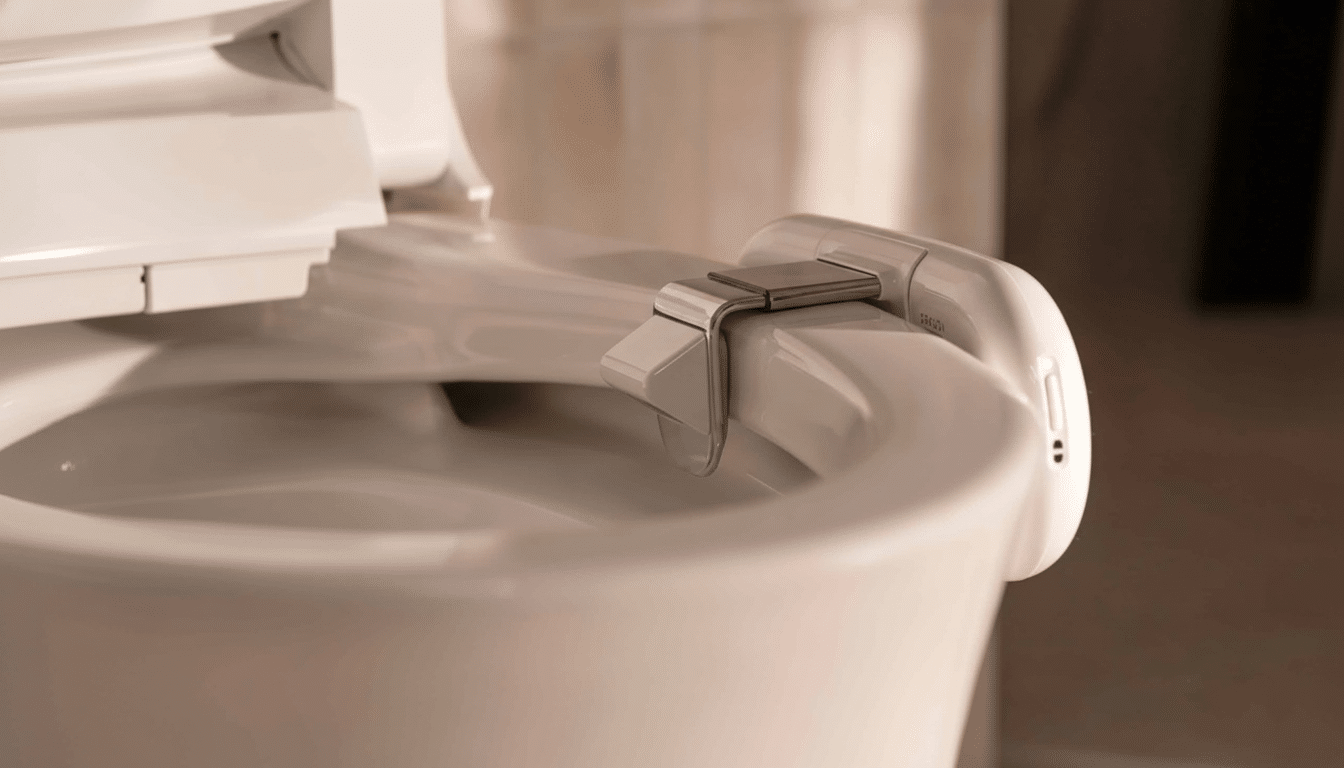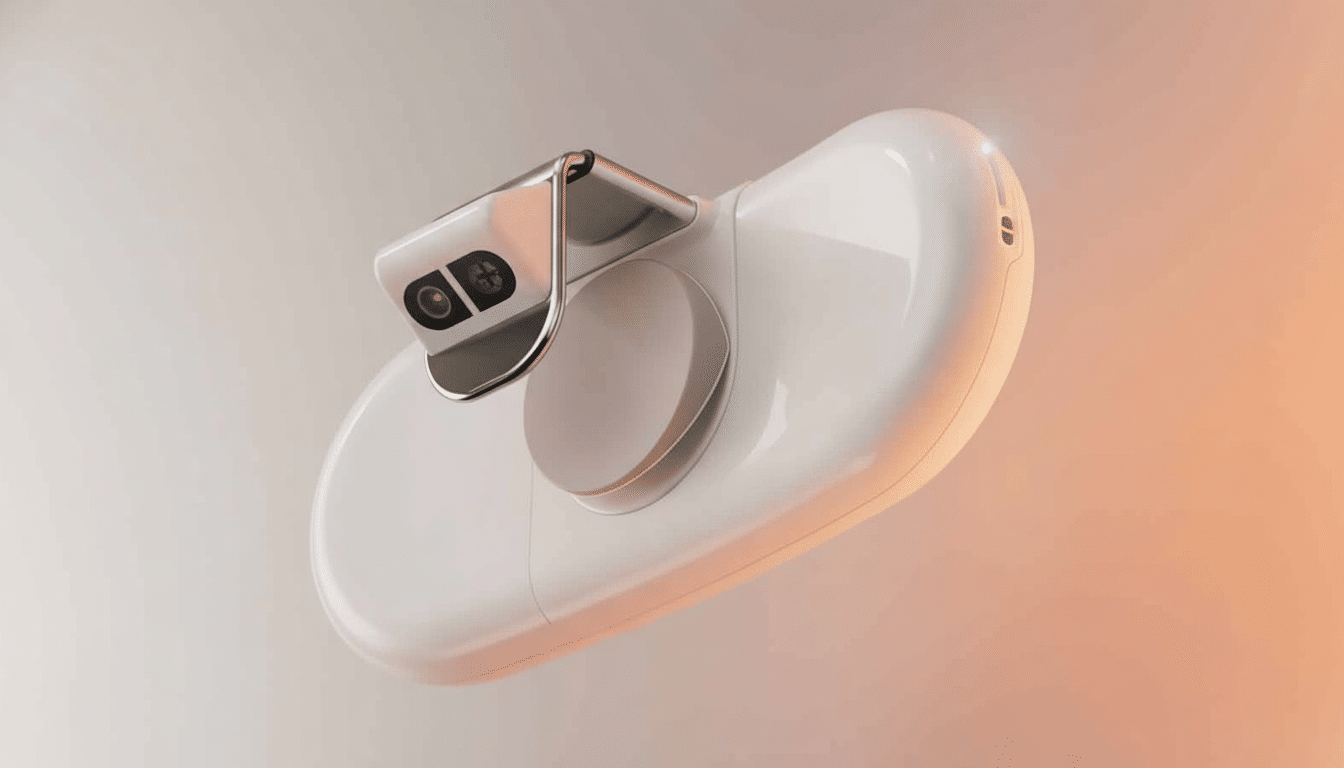Kohler is taking bathroom tech to the clinical extreme with Dekoda, a clip-on toilet sensor that serves as a health detective. Using a mini camera and spectroscopy, it blasts whatever lands in the bowl to reveal insights about your hydration level, gut patterns and even possible blood in your urine — all without disrupting your routine.
How the Dekoda sensor works to analyze toilet waste
The Dekoda device clamps onto the rim of a typical toilet and aims a small camera down into the bowl. The camera never looks out; it only gazes into the water. Mounted next to it is an optical spectroscopy module that assesses color and light patterns for indicators such as urine concentration and the existence of hemoglobin.
- How the Dekoda sensor works to analyze toilet waste
- What it measures and why it matters for health
- App insights and multiuser design for households
- Privacy and security considerations for bathroom data
- Price competition and adoption in smart bathroom tech
- The bottom line on Dekoda’s bathroom health tracker

That mechanism is inspired by the same process at work in lab colorimetry — some compounds absorb and reflect light differently than others. Although Dekoda is an “opportunist” for wellness rather than diagnostics, this union of imaging and spectral information is clearly superior to color only. The device is powered by a battery that lasts for about a week between charges and activates when you tap one of the touchpads, so as to conserve energy and keep multiuser data neat.
What it measures and why it matters for health
Hydration is the headline. The concentration of your urine is dependent on what you’re drinking, so Dekoda translates bowl readings into a single easy-to-follow hydration rating that you watch throughout the day. The National Academies have guidelines for daily fluid intake, and many people consistently miss that mark; a gentle nudge at the moment of habit may be as actionable as a ping from your smartwatch after the fact.
Regularity in the gut is the second pillar. By being aware of the frequency and basic shape of stool, the system will alert you to patterns that indicate constipation or irregularity. Disorders such as IBS bother some 10% to 15% of adults, according to the American Gastroenterological Association, and regular tracking — even if it’s not advanced enough for a specific diagnosis — can help patients and doctors notice changes that warrant further attention.
The most impactful may even be blood detection. Microscopic or gross blood in the urine (hematuria) may stem from problems in the kidneys but can also be caused by other factors. The National Kidney Foundation stresses that the presence of hematuria requires prompt evaluation. Dekoda’s visual checks are meant to raise attention earlier, not substitute for clinical testing.
App insights and multiuser design for households
Within the app, Dekoda interprets these passive observations into readable patterns: how regularly you met hydration goals, a rolling hydration score, the number of “sessions,” whether your bowel movements were regular throughout the week and which days blood-like signals were detected. It’s not so much about the raw measurements and more about streaks, deviations and timely reminders.

Households can personalize results with individual profiles. Before using the sensor, everyone puts a finger on the sensor’s authenticator, which registers a session with the correct account. It’s a small touch that fixes a hard issue for public devices: who did what.
Privacy and security considerations for bathroom data
Cameras in bathrooms are unseemly, but Dekoda’s optics look only at the waterline. Kohler says the device is end-to-end encrypted and was designed with privacy in mind — “The camera is there to look at contents, not people or your room,” she says. Even so, consumers should read over data-sharing options and get a feel for who in the household can see results, as well as where and how the information is being backed up.
Medical privacy advice clearly treats wellness devices differently than regulated medical tools. If you are going to share summaries with a clinician, know if information will be preserved in your medical record and for how long. Transparency is as crucial as the tech.
Price competition and adoption in smart bathroom tech
Dekoda launches at $599, a price point that begs comparisons to wearables. But its real value is that it passively captures data — no strap to remember or charge. Health tech in the bathroom is picking up steam, with companies like Withings and Vivoo delving into in-bowl and at-home urine analysis. More than half of U.S. adults have tried wearables, according to market research from Rock Health; if the next wave of adoption does come rolling in, it may crash on devices you hardly notice using.
There are trade-offs. Battery top-ups about once a week are added maintenance, and optical sensing can be swayed by the lighting, cleaning agents or bowl geometry. But for families tracking how their little one’s urinary health is faring, or for patients who are watching for recurrent blood in the urine (a phenomenon called hematuria), hands-free trendlines beat guesswork.
The bottom line on Dekoda’s bathroom health tracker
Dekoda repositions the toilet as a health checkpoint, translating routine biology into signals you can act on. It isn’t a diagnostic tool, but it’s another step between “something seems off” and “here’s a pattern that may warrant further discussion.” If the future of health tracking is a bathroom that doubles as a creepily pulse-monitoring, weight-analyzing scale, we’re well on our way (and from all appearances, it’ll be easier to clean than your run-of-the-mill toilet).

